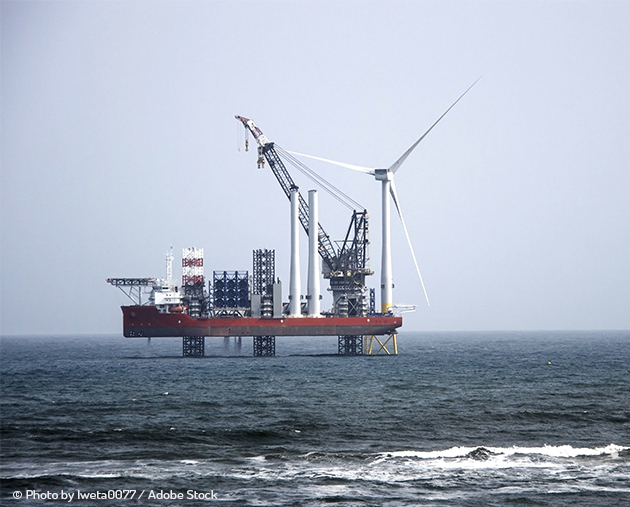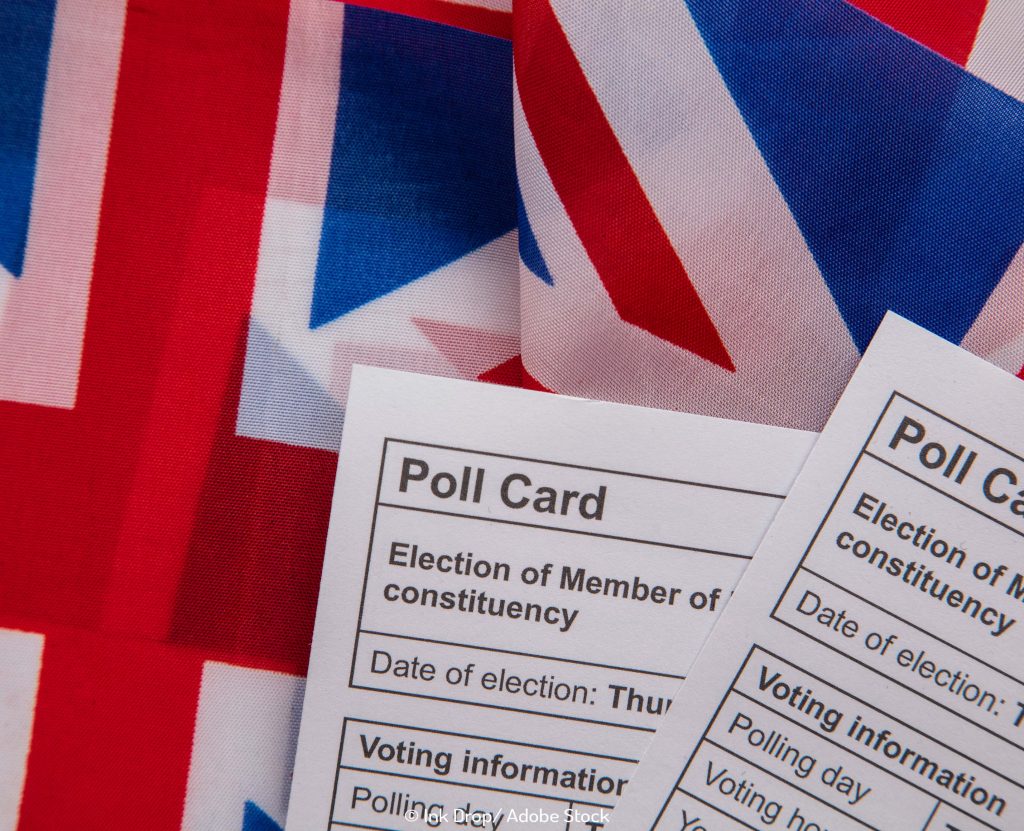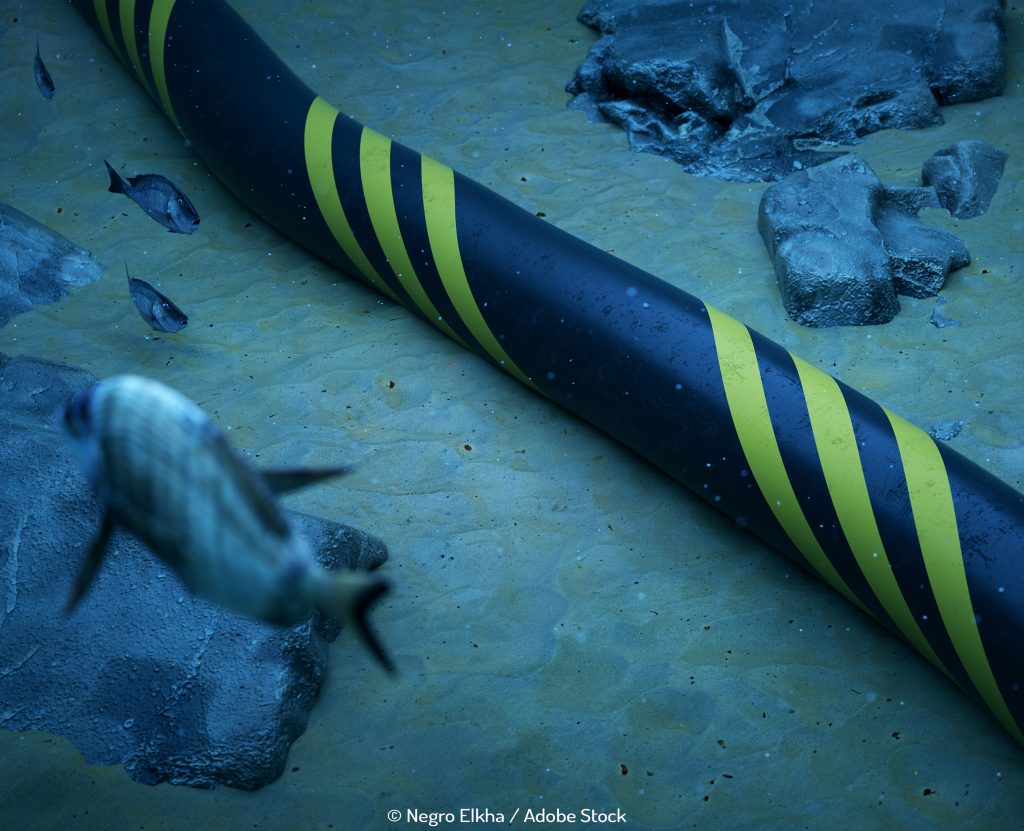
Reviewing the Cables industry with Michael Magri Overend
We sat down with Michael Magri Overend (Submarine Cables Package Installation Manager) for a review of 2018 and discussed what’s in store for the cables industry this year.
“2018 has been very busy – with many projects going on at same time. Export cables and inter-array cables in the offshore wind sector as well as submarine interconnector cable projects. It’s been busy for all three installation types, though the last couple of years have been the same! It’s a challenge to find the right vessels as every project is competing for them.”
As the industry pushes itself to innovate, there will be additional challenges that impact on the offshore cable sector. “As offshore wind farms are being built further and further offshore, that will necessitate longer cables as well as vessels that are more adept in working in this environment. We may also need to adapt to stricter cable burial requirements from authorities which will be to improve safety and longevity.
“Cable protection systems (CPS) also need to be improved there are still challenges as we are assembling them offshore. We also need to look at depth of cables verification tools. We want to know where the cable is once it’s been trenched or ploughed and ambitious projects will require us to have better tools to do that. Another issue will be boulder clearance which is required before we start laying and trenching cables – the bigger the project gets, this will become more and more apparent.
Michael says more and more companies are entering the sector, although on the operations and maintenance (O&M) front. “Traditional companies in the oil and gas sector are able to come in and offer an O&M framework, where they would undertake cable repairs if one went down offshore – they can come in at short notice and provide that support. We’re also seeing that off the back of the way the cable installation sector has grown so fast in renewables, other companies are piggy-backing on to it, such as cable scrap merchants who deal with offcuts of cables, all the way to survey companies and big offshore tooling companies who have remodified ROVs and tools to do boulder clearance and UXO detection.”
Technology is enabling the industry to become less diver-reliant and Michael says they’ve seen over the past year how clients are trying not to use them on projects. “We are getting bespoke array and export vessels, which can lay cables, but also have a flat bottom so they can beach. The vessels are becoming more sophisticated and are designed for the task at hand – and the same can be said of burial tools. Previously we would have used pipe trenchers, but now what we are seeing are more cable-specific burial tools on the market.
“One cool thing,” according to Michael, “is the introduction of tablet-type systems. When we’re offshore and filling in checklists we’re using tablet-based forms to go through snagging lists during each installation. This automatically generates reports which are sent instantaneously, which saves time compared to doing it by hand – now you simply take photos using the tablet which are included in a log and are automatically updated – you or whoever you need to give access to can see what cable was installed, how and what defects need to be rectified.
” Demand for offshore wind expertise is becoming increasingly global. “This is a logical next step really, when you see how offshore wind is a serious competitor with traditional fossil fuels – for example look at projects like Hornsea 1. The EU has led the way and other countries will follow suit. Northern Europe has led way in offshore wind and made it affordable.
“Offshore wind is no longer an immature industry, we have our own procedures and safety protocols associated with this specifically rather than just add-ons from oil and gas, and we have specific courses designed for people who wish to enter the industry.
“We’re seeing in Taiwan that they’ve approached European developers to help them progress. This is a phenomenal market – there’s so much potential. Of course, it will be challenging because of ground types and cyclone season, but Taiwan could be a route into the whole of Asia if we see that the offshore wind projects deliver success there.”
Work is ongoing to deliver more returns in the North American market too. The challenges here are that vessels traditionally have to be working under the Jones Act, with American flags. A lot of European installation companies as a result don’t tend to work here. “It’ll be interesting to see if we can get around that. The challenges will be around legislative side of the projects rather than actual construction. Ground conditions and water depths and grid connections will be the similar to previous project, but a lot of legislative background searches that have we have to do. There are a lot of unknown stakeholders – like in many countries – that will be new for developers working in these countries, and we’ll have to liaise with environmental consent stakeholders. But the US is an emerging market and will be a big focus for the near future.”


